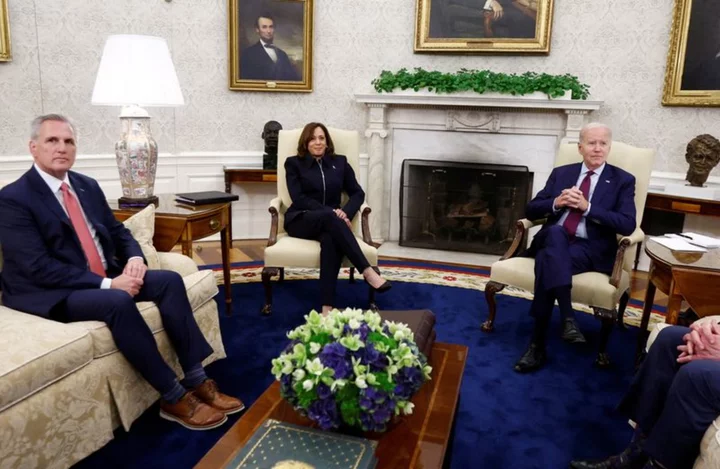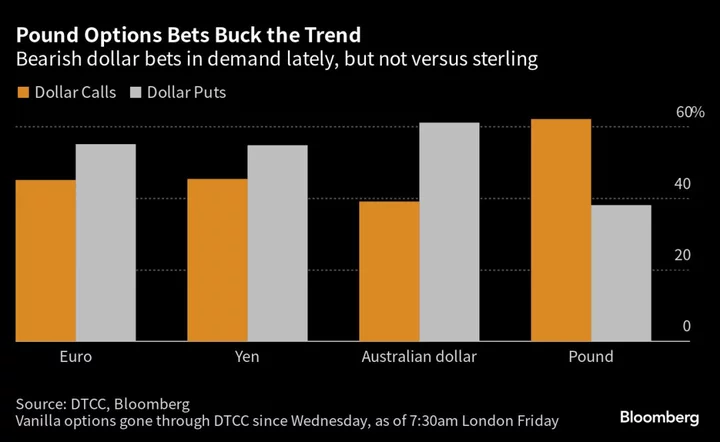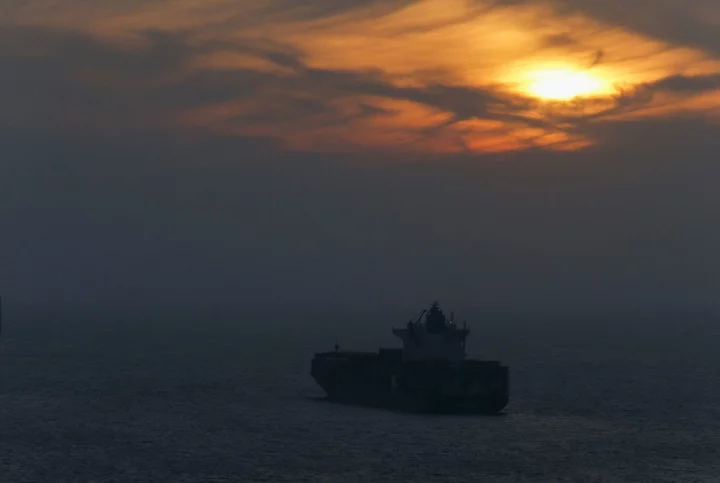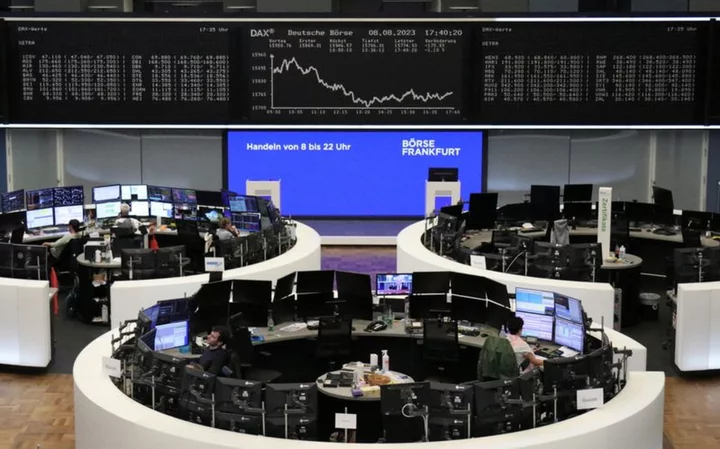The UK may need to overhaul its renewable energy subsidy auctions to deliver on its net zero target, according to the head of utility SSE PLC.
While Britain has long been the world leader in offshore wind power, projects have been put at risk by rapidly falling subsidies that can’t match rising prices. Last month, Swedish developer Vattenfall AB shelved a 1.4-gigawatt UK wind farm, blaming rising costs that couldn’t be matched by the record low power prices it locked in a year earlier at a government auction of supply contracts.
“People need to make sure that these auctions are sufficiently flexible to deal with things like the inflationary impacts we’ve seen on supply chain,” SSE CEO Alistair Philips-Davies said Thursday in an interview with the Bloomberg UK Politics Podcast.
Successive Conservative prime ministers have banked on offshore wind power as a key technology for meeting its net zero targets. But projects are expected to struggle to compete with onshore wind and solar projects in the latest round of auctions, the results of which are due to be announced in the coming weeks.
The auction, and which technologies win contracts, are likely to be seen as a health test for the renewables industry in Britain. The nation is currently the second biggest market for offshore wind in the world, a status the government wants to hang onto, especially in the face of accusations that is wavering on green policies.
The government is also consulting on the next contract-for-difference auction, a subsidy that guarantees a minimum price for the power produced, but also limits the potential profit. Philips-Davies said the UK may need to raise the cap to ensure prices don’t fall too low and that offshore wind can continue to compete successfully. He pointed to an auction in Ireland that raised its maximum price, which led to higher clearing prices.
“The interesting thing in the new round is where they cap prices,” he said.
He was speaking as SSE cast off the ship that will install the first of 277 turbines at Dogger Bank, expected to be the largest offshore wind farm in the UK. Once completed, Dogger Bank will generate as much as 7% of the UK’s total energy demand at a cost of £47.20 ($60.05) per megawatt hour, which is below the current wholesale price, he said.
--With assistance from Caroline Hepker.









